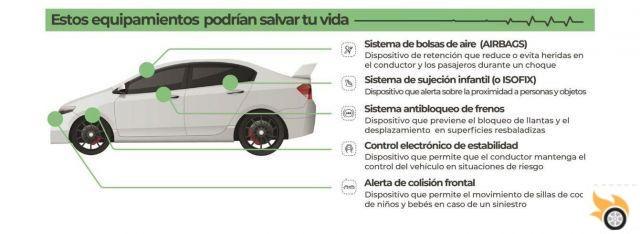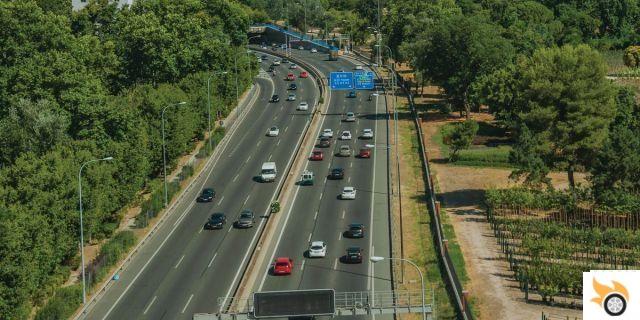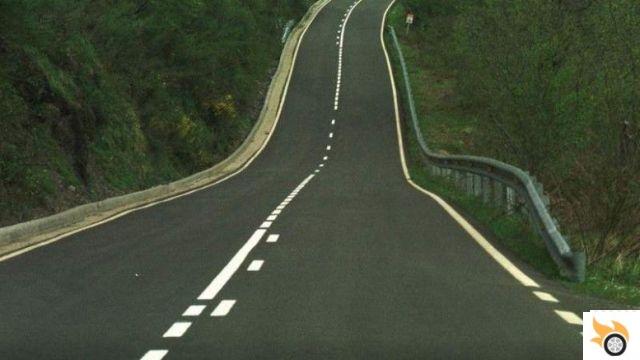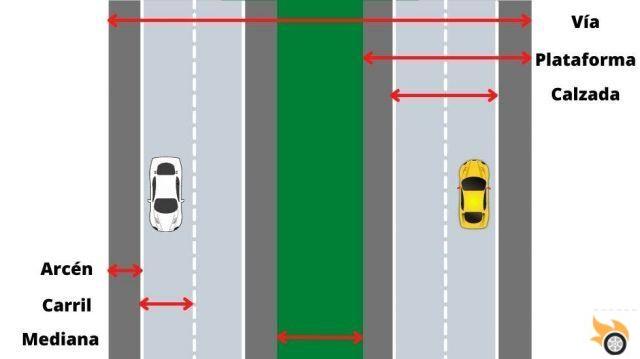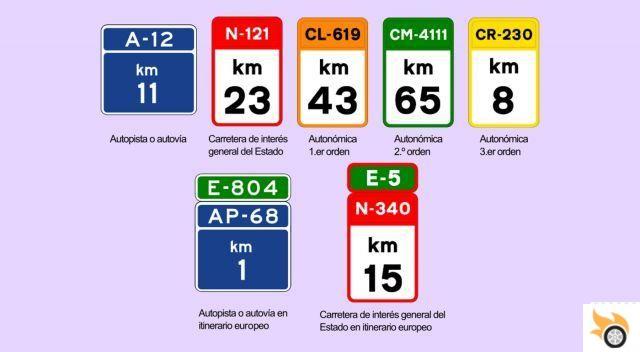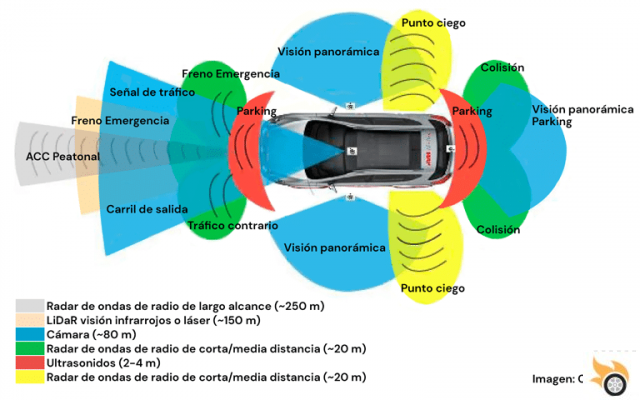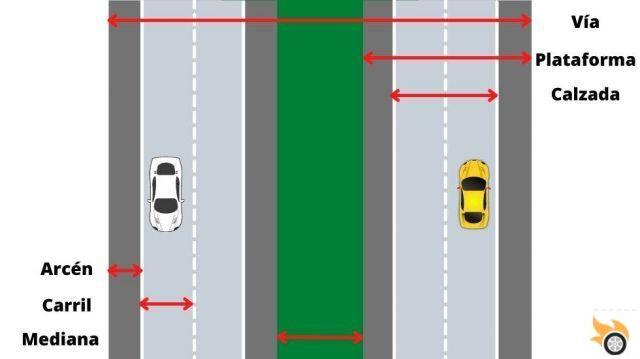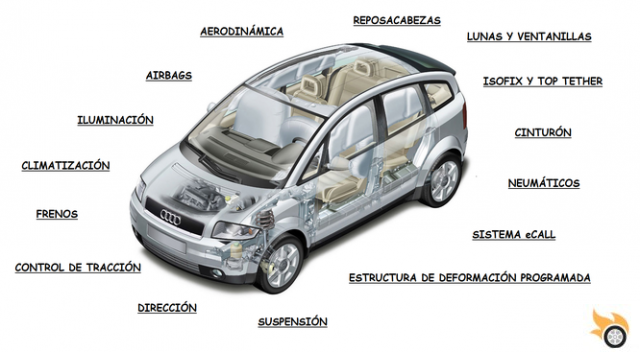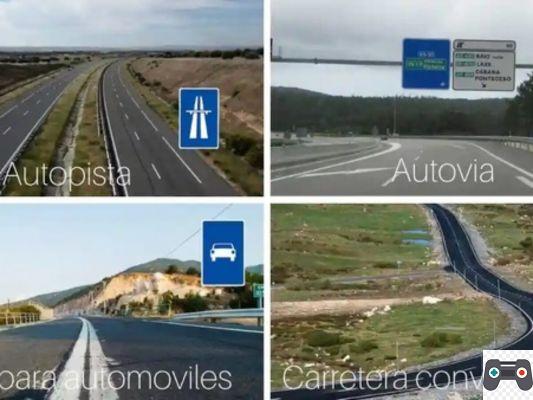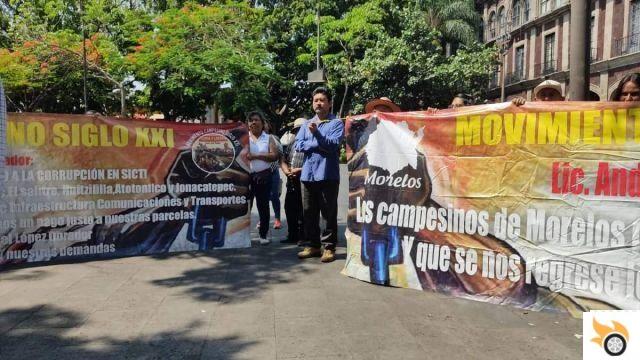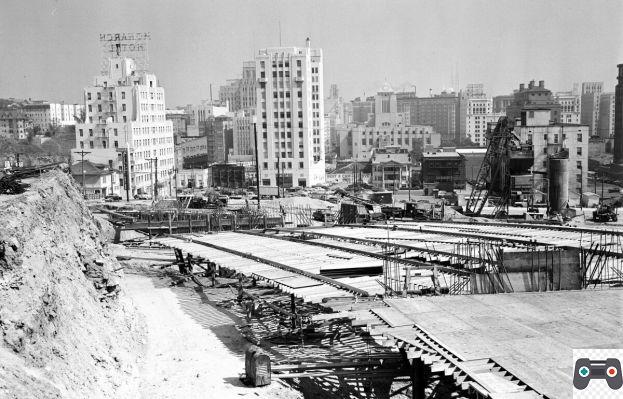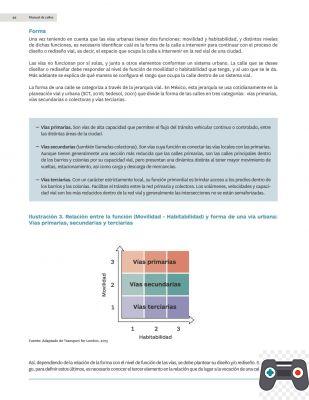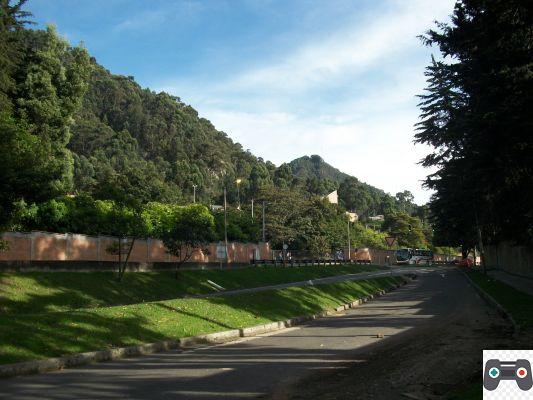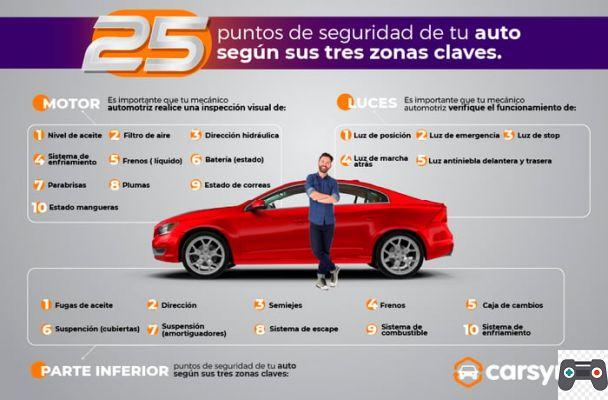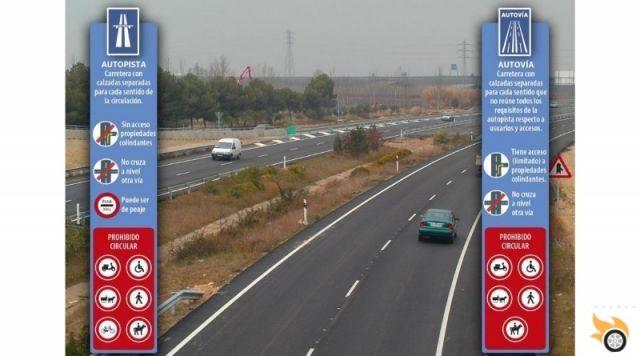
Introduction
Welcome to Pistonudos.com, where we take care of providing you with updated information on everything related to the motor world. On this occasion, we will delve into the subject of traffic rules and restrictions on highways and dual carriageways, as well as the types of vehicles allowed and prohibited on these roads. In addition, we will highlight the importance of driving correctly following the indications of the General Directorate of Traffic (DGT).
Traffic rules on motorways and dual carriageways
Motorways and dual carriageways are expressways designed to expedite traffic and ensure the safety of drivers. Here are some of the most important rules that you should keep in mind when driving on these roads:
1. Speed limits
On motorways and dual carriageways, the speed limit is generally 120 km/h for cars and motorcycles. However, it is important to pay attention to traffic signs, since in some sections there may be specific limitations.
2. Maintaining a safe distance
It is essential to maintain an adequate safety distance with the vehicle that precedes us. On highways and highways, it is recommended to maintain a minimum distance of two seconds in normal conditions and increase it in case of rain, fog or other adverse circumstances.
3. Use of the right lane
The right lane must be used for normal traffic, while the left lanes are for overtaking. It is important to respect this rule and not drive in the left lanes without a justified reason.
4. Prohibition of overtaking in certain areas
There are sections on motorways and dual carriageways where overtaking is prohibited due to the existence of dangerous curves, narrow bridges or areas of reduced visibility. These areas are duly signposted and it is important to respect them to avoid accidents.
Types of vehicles allowed and prohibited
On motorways and highways, there are certain types of vehicles that are prohibited or have restrictions to circulate. Here are some examples:
1. Slow vehicles
Slow vehicles, such as tractors or farm equipment, are prohibited on highways and dual carriageways due to their slow speed and lack of ability to keep up with traffic. These vehicles must use adequate alternative routes for their circulation.
2. Mopeds and bicycles
Mopeds and bicycles are also restricted for driving on highways and dual carriageways, as their maximum speed is considerably lower than that of motorized vehicles. These vehicles must use urban or rural roads suitable for their circulation.
3. Large vehicles
Some large vehicles, such as trucks or buses, may have restrictions on certain motorways and expressways due to their weight or dimensions. These restrictions are indicated on traffic signs and it is important to respect them to avoid traffic problems.
Importance of driving correctly on highways and highways
Driving correctly on highways and dual carriageways is essential to guarantee road safety and avoid accidents. The General Directorate of Traffic (DGT) establishes a series of rules and recommendations that we must follow at all times. Some of the reasons why it is important to circulate correctly are:
1. Road safety
Compliance with traffic regulations on highways and dual carriageways contributes to reducing the risk of accidents and guaranteeing the safety of all road users. Respecting the speed limits, maintaining a safe distance and using the lanes correctly are actions that help prevent dangerous situations.
2. Flow of traffic
Driving correctly on highways and dual carriageways also helps to maintain a fluid flow of traffic and avoid congestion. By respecting the overtaking rules, using the appropriate lanes and driving at a speed in accordance with the road conditions, blockages are avoided that can cause traffic jams and delays.
3. Fuel savings
Efficient driving that respects the rules of the road on highways and dual carriageways can help us save fuel. Maintaining a constant speed, avoiding sudden acceleration and braking, and using the vehicle efficiently are actions that help reduce fuel consumption and, therefore, save money.
Frequently Asked Questions (FAQs)
1. Can I drive on a highway with an electric bike?
No, electric bikes are not allowed on highways and dual carriageways. These roads are designed for motorized vehicles and the maximum speed of electric bicycles is considerably lower than that allowed on these roads. It is important to use urban or rural roads suitable for driving an electric bicycle.
2. What is the penalty for driving in the left lane without a justified reason?
The sanction for driving in the left lane without a justified reason may vary according to the legislation of each country. In Spain, for example, this offense can be punished with a fine of up to 200 euros. In addition, driving in the left lane without a justified reason can hinder traffic and create dangerous situations, so it is important to respect this rule.
Conclusion
In short, driving on motorways and highways requires respecting the established rules and restrictions, as well as using the appropriate lanes and maintaining safe and efficient driving. The General Directorate of Traffic (DGT) provides the necessary instructions to circulate correctly on these roads and it is the responsibility of all drivers to comply with them. Remember that road safety is essential and that proper driving helps to avoid accidents and maintain a fluid flow of traffic. Drive responsibly and enjoy the road!
We hope this article has been useful to you! If you have any additional questions or want to share your experience about driving rules and restrictions on highways and highways, feel free to leave us a comment. We will be happy to read you and answer your concerns!
Until next time!




